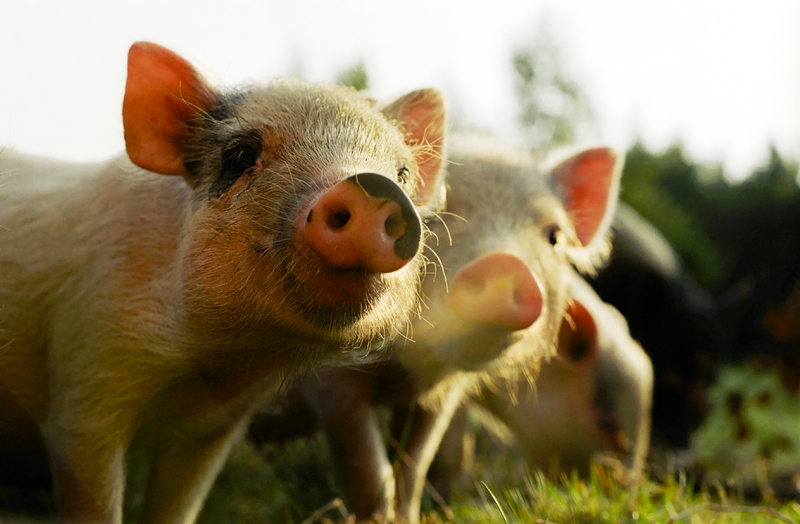PEDv takes the pork cheer from this year’s holiday seasons

In the United States pork is in shorter supply and more expensive this year due to the outbreaks of Porcine epidemic diarrhoea virus (PEDv), which has slashed the number of pigs slaughtered by about 5% and reduced the availability of the most popular holiday pork product: the seven-pound spiral-cut half ham.
Porcine epidemic diarrhoea virus (PEDv) was first found in the US in 2013 and spread rapidly to 32 states. It has killed millions of piglets impacting the number of hogs reaching market.
“PEDv does not sicken humans and does not impact the safety of pork products, but it has resulted in the reduction in hog production and rising prices,” said Steve Moeller, a swine specialist with Ohio State University’s College of Food, Agricultural, and Environmental Sciences. “This virus has proven to be very persistent and difficult to contain. Even in swine operations that are very bio-secure, animals are still getting infected.”
According to US Department of Agriculture data, PEDv has lowered the number of hogs slaughtered this year by 5.2%, or about 5 million animals, reducing the number of hind legs available for hams by more than 10 million.
Additionally, farmers have fed pigs longer to make up for losses caused by the disease. This has led to fatter pigs, with hind legs exceeding the size used for producing the preferred seven-pound spiral-cut half ham, which has also contributed to a short supply of this product.
Half of annual ham consumption by Americans takes place during the Thanksgiving and Christmas holidays, and prices tend to fall in the fourth quarter due to an increase in supply. This year, however, wholesale ham reached an all-time high of $1.4368 (€1,16) a pound, with average consumer prices for spiral ham reaching $3.08 a pound — up 17% from $2.63 (€2.11) last year, according to USDA.
Despite the havoc wreaked by PEDv on US pork production so far, Moeller said there have been signs of a recovery in recent months.
“As we head into winter, the effects of PEDv seem to be dissipating,” he said. “Pigs weaned per litter are rising to pre-PEDv levels, and with an expanding swine breeding herd the forecasts for the number of pigs on the market in 2015 look up from 2014.”
However, he said, the effects of the disease were most pronounced in late 2013 and early 2014 during the cold of winter, so there’s concern that the upcoming cold weather might cause problems once again.
“There are still a lot of unknowns with regard to effects of the disease in previously positive herds and the fact that while conditional licenses have been granted to a couple groups for PEDv vaccines, their effectiveness is not yet fully clear in commercial production settings,” Moeller said.
CFAES scientists have grown the virus in cell culture and are using this material to develop a “booster” vaccine that can protect pigs previously exposed to PEDv. The end goal is to develop a stronger vaccine that can also protect swine with zero immunity to the virus, helping to ensure there’s plenty of pork available for holidays yet to come.
[Source: Ohio State University’s College of Food, Agricultural, and Environmental Sciences]











